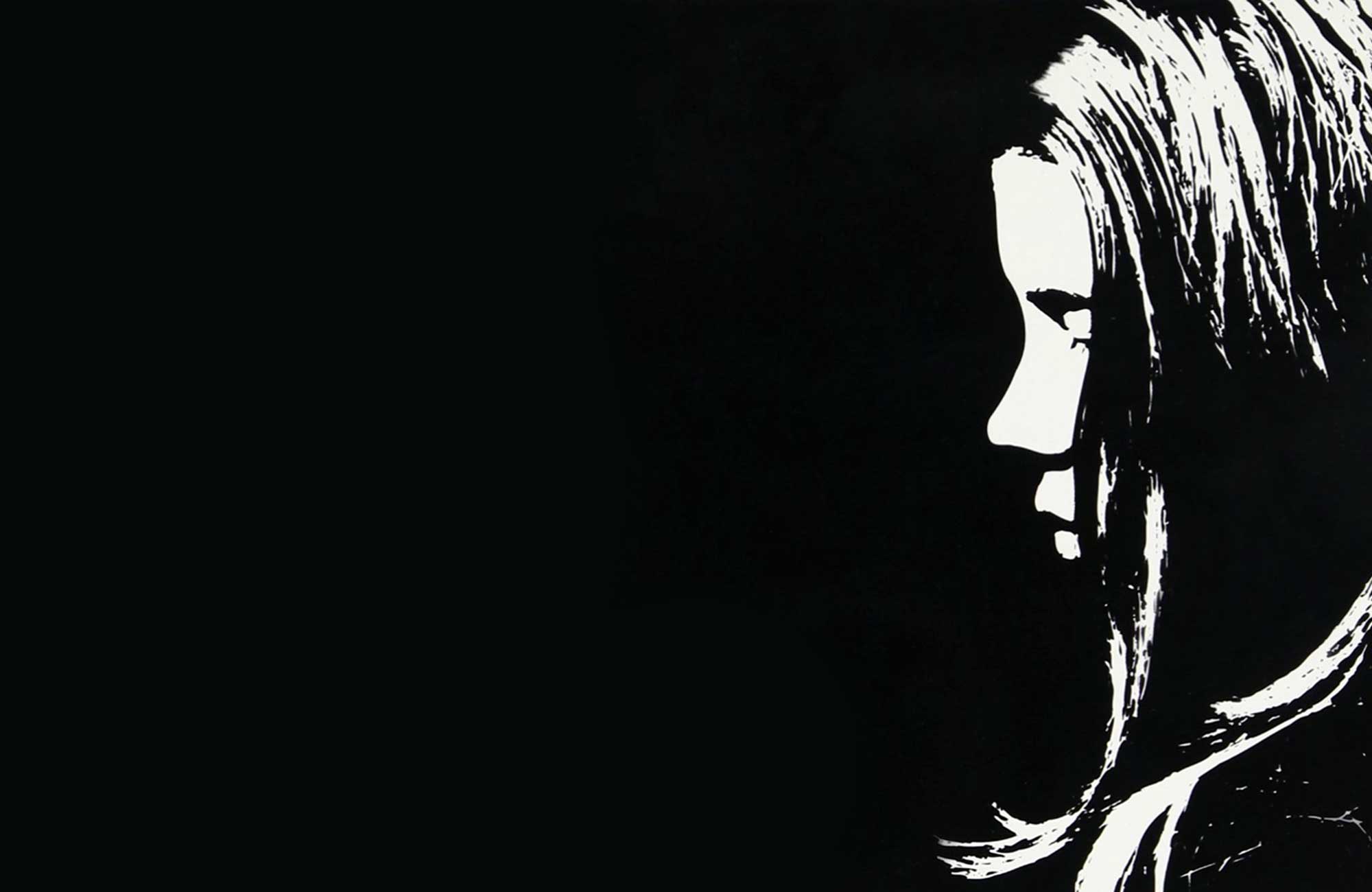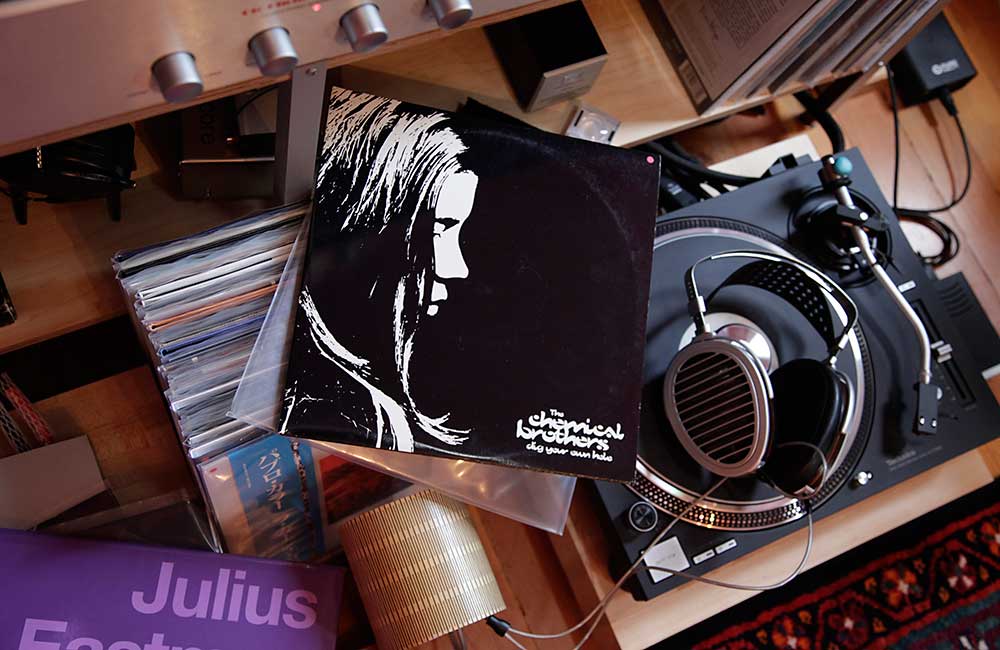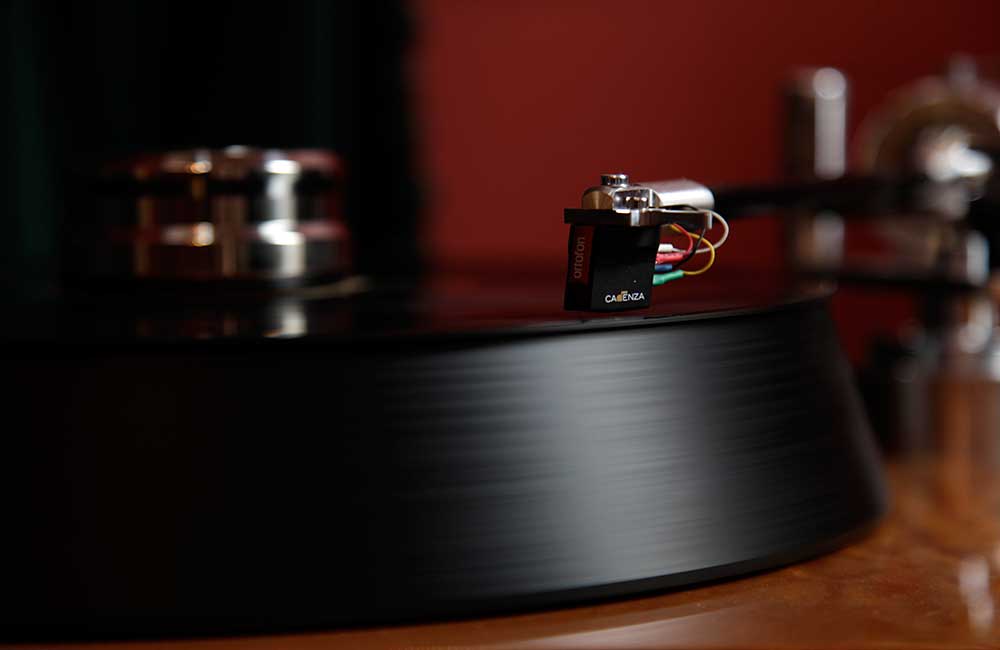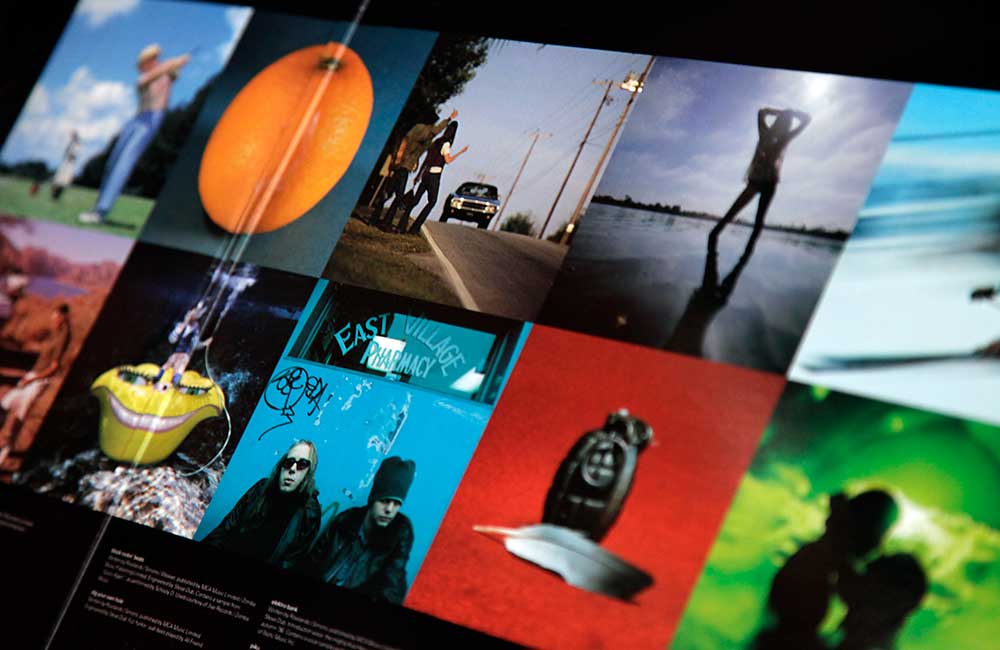Heavy Rotation: The Chemical Brothers – Dig Your Own Hole



Words and photos by Rafe Arnott, unless otherwise specified.
Heavy Rotation is a column focused on an LP in my collection. This month I’m discussing The Chemical Brothers Dig Your Own Hole 2xLP, Astralwerks ASW6180 USA, 1997
Dropping the needle and listening to the entirety of the guitar grinding, drug-fueled fever dream of acid, house, rock, jungle and anxiety-inducing sirens that is Dig Your Own Hole could lead one to consider that Ed Simons and Tom Rowlands – The Chemical Brothers – had recorded the greatest electronic album of the ’90s.
One can really only say that in retrospect though.
"...Why is it left to a group like Oasis to express the way that young people want to go out and get battered every weekend? That's what The Chemical Brothers are about."
–Ed Simons

Ed Simons and Tom Rowlands – The Chemical Brothers.
Photo above courtesy of Wallpaper Flare.
It was a decade that saw a facsimile reawakening of social consciousness through music and drugs like the ‘60s, only instead of rock and weed it was electronica and ecstasy. The UK club culture, while still king for many, was being superseded to a degree by the festival scene and the rush of synaptic interconnectivity that 1,000 people high and happy brought along. With Dig Your Own Hole the Chemical Brothers had unwittingly pitched a musical tent for ravers, club kids and big beat stalwarts, but rock, hip hop and rap fans wanted in too.
At the time the genre itself – electronica – was only washing ashore in North America after travelling on a slow wave across the Atlantic from the United Kingdom. The Brothers’ first album, Exit Planet Dust had hit in 1995 and established the duo as avant-garde, post-techno experimentalists with a knack for getting people on the dance floor. Said Simons to Muzik in an interview after the release of Dust, “...nobody from the dance world has come up with an album to reflect these times. Why is that? Why is it left to a group like Oasis to express the way that young people want to go out and get battered every weekend? That's what The Chemical Brothers are about"

The original, near-mint 1997 U.S. pressing I found at a downtown Vancouver record store had been played, but still had the shrink wrap on.
As anthemic as it is closed-loop cerebral, Dig Your Own Hole was a concept album after the fact, with each track flowing into the next, but also standing alone and single ready. Making people move came first for Simons and Rowlands, with Simons saying in an interview, “A good dance album should be as intoxicating with or without E. You don’t have to listen to Exile on Main Street smacked out of your mind to get it…” Much like the progressive pop of Pet Sounds, Hole hooks you in with carefree optimism, but keeps you firmly planted on (or crashing into) the ground with the underlying cynicism of waking up with a hangover to contemplate what’s been done – which brings me to experiencing the impact of the album firsthand while travelling abroad.
I was visiting London in April, 1997. It was just a month before decades of political tide turned making people buoyant again about all things British. Blair and his Labour Party swept to power on a wave of optimism – snapping 18 years of Conservative leadership – and the city was riding a contact high that lightened your step every time you hit the street. The soundtrack for what blossomed into a summer of UK love would turn out to be Dig Your Own Hole. The album jacked into the spine of the club scene, constantly playing over every conversation one attempted while dancing. It also consumed enough air time on the radio to ensure that even 60-year-old high street grocers were humming “Elektrobank” while stocking apples. It was everywhere. All at once. And it was impossible to ignore.
The original, near-mint 1997 U.S. pressing I found at a downtown Vancouver record store several years ago had been played, the cover showed slight ring wear, but it still had the shrink wrap on. The owner knew its value, so while I didn't pick it up for $5, I also didn't pay stupid money. They are now going for more than $100 in mint–minus condition on Discogs. I've found it is an extremely quiet-in-the-groove LP, with outstanding production value, big, bombastic dynamics and subterranean bass worthy of the material lying therein. Play it loud at your system’s peril.
While nothing to do with the album per se, the pop-culture impact of the videos that were shot for the singles off Dig Your Own Hole shouldn't be underestimated. This was still pre-widespread Internet, and MTV was revered as God by many.
The explosive bass slam of “Dig Your Own Hole” and it’s cacophony of sampled beats, sirens, disparate sonic effects and relentless guitar arpeggios finishes the first side and I feel like my integrated tube amplifier has started to sweat. This is a heavy album to push through. You’ve got a New York minute to catch your breath while flipping the LP. Side two immediately hits with 808-inspired, driver-excursion-limit bass reverb underpinning the raucous, live-gig shout outs of a heavily processed sample of DJ Cool Herc. Frantic guitar and bass power chords destructively loop you into the grinding inevitability of a bridge that forms around a frenetic chorus shouting: “Who is dis doin' this synthetic type of alpha beta psychedelic funkin?” overlaid with explosions and shotgun blasts.
“Piku” carries an Indian sitar vibe. The keyboard stops-and-starts laid over a more traditional Leftfield cadence seems languid until you realize it was just taking a beat to setup the percussive juggernaut of “Setting Sun.” Sawing guitars, warped, analog-twisted hardware synth overloads, wailing back-up vocals and an inexorable descendant pitch attack drives the core unravelling and fragmentation of the song like a roadside IED over five minutes. There’s a smoothness to the production though, as edgy and textured as every note is, one never comes away fatigued from any defect of the recording. The quality of the pressing and the obvious effort put into making this album sound great is apparent.

The quality of the pressing and the obvious effort put into making this album sound great is apparent.
“Lost in the K-Hole,” “Where Do I Begin,” and “Private Psychedelic Reel” round out the album with a shift from manic to semi-etherial, to Beatle-esque. It is these three cuts that ultimately sew up the idea that this is a concept album. Albeit, one meant as a window onto the arc of a story that begins in the fading light of afternoon, cycles through the exultation of night and ultimately deposits the traveller, dishevelled, in a stranger’s predawn bed before making their way home self-consciously.
Included in many ‘Greatest Albums of All Time’ lists, Dig Your Own Hole may not seems like an LP for introspection, but when you’re about to spin side three – the halfway point – a sense of calm unfolds: it’s the eye of the storm. The swirling maelstrom is only a needle drop away, but in that moment between LPs you realize there’s no going back, only forward and ultimately to the end. This is at once an stimulating and exhausting genre-bending journey. You can’t help but feel the urge to jump up and move, yet at the same time the listener is held captive, mentally and emotionally, processing the Wagnerian wall of sound you’re enveloped within; guitars, synth, drums, bass, samples, effects, vocals, overdubs… Which begs the question, what would Phil Spector think?
You can find The Chemical Brothers Dig Your Own Hole HERE.

The Astralwerks gatefold 2xLP is a thick, glossy, affair with sharp-images and the feel of putting quality first.








